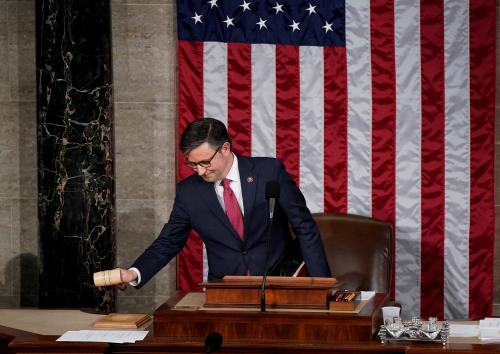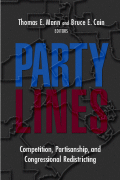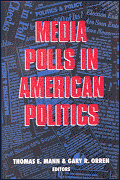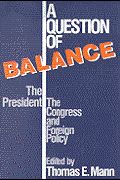Conventional wisdom has the House Democrats in disarray. We beg to differ.
This newest trope began with remarks by newly elected Rep. Ilhan Omar (D-MN) questioning the allegiance to the United States of American Jews who support Israel. This brought quick denunciation from a number of her Democratic colleagues who heard in her remarks the type of anti-Semitic rhetoric that has bedeviled Jews for centuries. But the discussion Rep. Omar’s remarks triggered will actually be good for the party, not just in Congress but in the 2020 elections as well.
Although few political pundits understood why that could be the case, if you have worked in a company or in a non-profit organization to improve the performance of teams, you will instantly recognize the importance and potential power of the storm that seemingly burst out of nowhere among House Democrats. It showed the world that the Democratic caucus, now incorporating 40 new members of widely different backgrounds, ages and political perspectives had passed through “forming,” the first stage of psychologist Bruce Tuckman’s four stages of group development, and had entered the second stage, “storming.” Tuckman’s critical insight was that all four phases: “forming, storming, norming,“ and “performing,” were necessary for every team to go through in order to grow, face up to challenges, tackle problems, find solutions, work together, and deliver results.
The model has become one of the mostly widely recognized and useful frameworks in the field of group development, even serving as the plot dynamic in such successful films as “Battle of the Titans” and “Lord of the Rings.” And as much as it may trouble Democrats to have the media focus on their internal disputes, Tuckman’s insight makes it clear that the fight in some form was not only inevitable but necessary for Democrats to coalesce into a winning team in 2020.
Just having a fight, or storming, of course is not enough to ensure a team’s success. The way the dispute is resolved in each stage is important to understanding if the group is moving on or remains stuck in the underlying tension of a given phase. Fortunately, the equally good news from the caucus debate is that the Anti-Hate Resolution, for which every House Democrat voted, established some norms for future behavior by members of the caucus, which is precisely the kind of resolution that Tuckman’s model suggests will enable a team to get to high performance–once those norms are translated into behavior by each team member.
Roundly criticized by pundits on all sides of the aisle for saying nothing and being too general to have any meaning at all, in reality, House Resolution 183 was a clear statement of values focused on tolerance and inclusion that can unite the Democrats across the very generational, political, and group identity lines that make up today’s Millennial Democratic majority coalition. It made clear that “accusing Jews of being more loyal to Israel or to the Jewish community than to the United States constitutes anti-Semitism because it suggests that Jewish citizens cannot be patriotic Americans.” And, most critically it also cited other historical examples of the great harm done by accusations of dual loyalty–including the World War II Japanese-American internment camps, the questioning of John F. Kennedy’s ability to be President because of his Catholic faith, and the post-9/11 conditions faced by Muslim-Americans in the United States—that made the resolution a statement that all elements of the Democratic caucus could agree with. Far from being the nothing-burger it was perceived to be by D.C. commentators, House Resolution 183 was another clear indication that the Democratic caucus will be a force to be reckoned with in the future.
Of course the reporting doesn’t reflect or anticipate this. The press instinct is to look for a left-wing takeover of the Democratic caucus to bookend the right-wing takeover of the Republican caucus, which means that important counterfactuals are buried or even lost. For instance, in the past few weeks 100 percent of the caucus has voted in favor of House Resolution 183 discussed above, all but two members of the caucus voted on a gun control measure to extend background checks to private transactions at gun shows and over the internet, and 100 percent of the caucus voted on H.R. 1, one of the most significant voting rights and election reform bills in decades.
Along the way in each of these debates there was, in Tuckman’s terms, some “storming,” but that should not obscure the “performing” which has already begun.











Commentary
Why Democratic ‘disarray’ is not a disaster
March 14, 2019